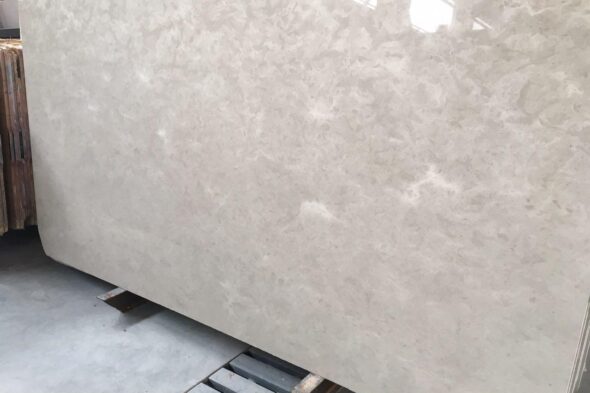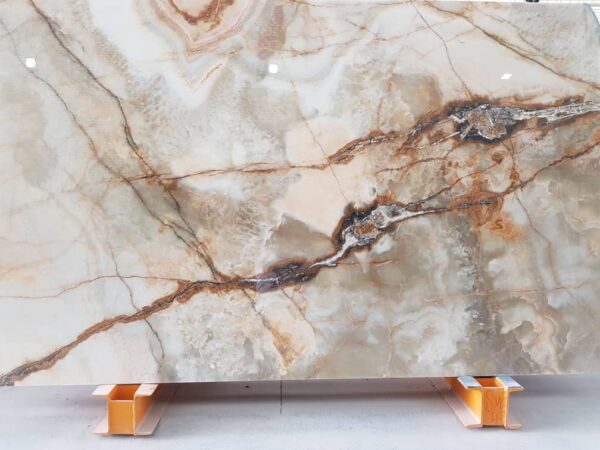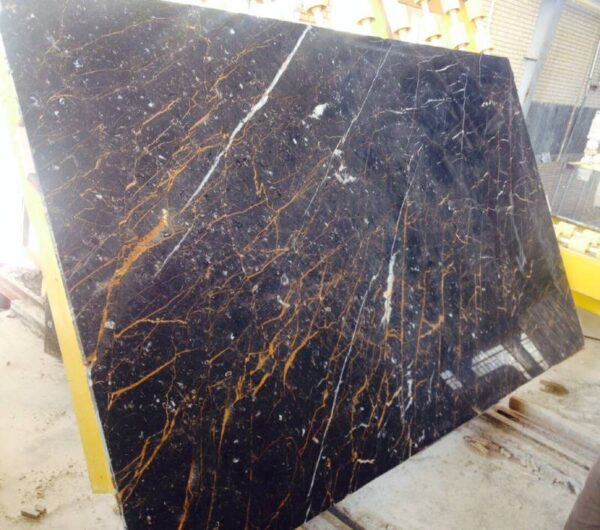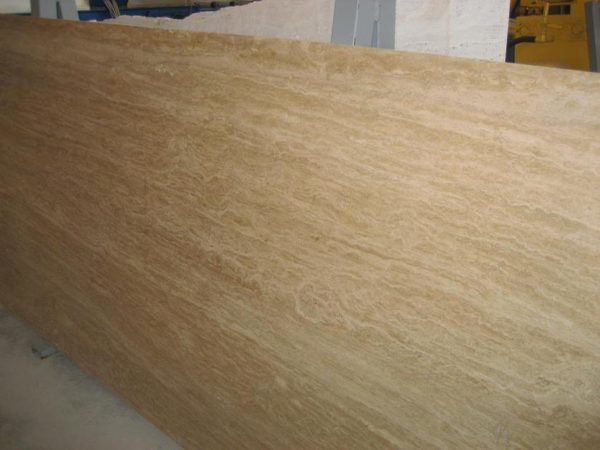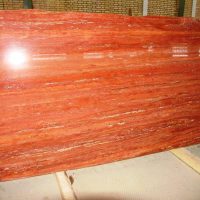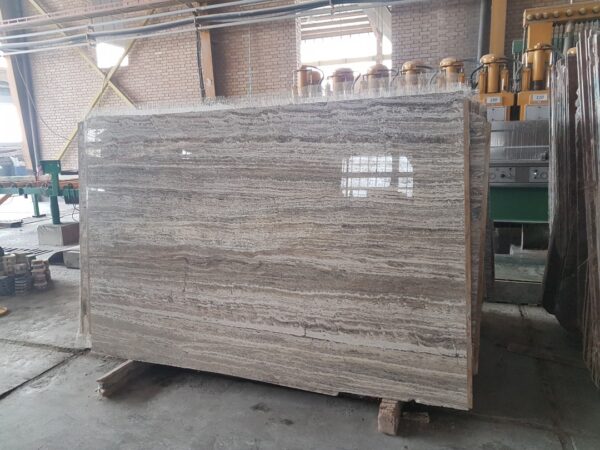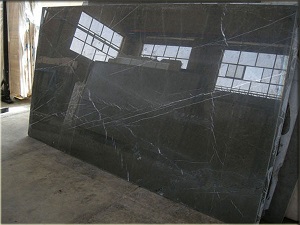Did the Romans Use Marble? Exploring the Legacy of Roman Architecture
The ancient Romans are renowned for their architectural and engineering achievements, many of which have stood the test of time. One of the most iconic materials they used in their constructions is marble. But did the Romans use marble extensively, and if so, what made it such a favored material? This article delves into the Romans’ use of marble, highlighting its significance in Roman architecture and how it shaped their lasting legacy.
The Importance of Marble in Roman Architecture
Marble played a crucial role in Roman architecture, symbolizing wealth, power, and artistic refinement. The Romans admired the beauty and durability of marble, and they utilized it in various structures, from temples and public buildings to sculptures and monuments.
- Symbol of Roman Grandeur: was more than just a construction material for the Romans; it was a symbol of their grandeur and imperial power. The use of marble in monumental structures like the Pantheon, the Colosseum, and the Arch of Constantine showcased the empire’s strength and cultural sophistication.
- Widespread Use in Public and Private Buildings: Romans used marble in a wide range of buildings, including temples, basilicas, and baths. Wealthy citizens also adorned their homes with marble, using it for floors, walls, and intricate mosaics, which added an air of luxury to their residences.
- Carrara marble natural stone
The Types of Marble Used by the Romans
The Romans sourced marble from various regions, each type prized for its unique color, texture, and quality. The most famous marbl quarries were in Italy, Greece, and North Africa.
- Carrara Marble: Perhaps the most well-known marbl used by the Romans is Carrara marbl, sourced from the quarries in the Apuan Alps of Tuscany, Italy. This white and blue-grey marble was highly prized for its pure color and fine grain, making it ideal for sculptures and high-status buildings.
- Luna Marble: Also known as Luni marble, this was another type of high-quality white marble used extensively by the Romans. Quarried in the region of Luna (modern-day Carrara), it was used in many of Rome’s most significant structures.
- Colored Marbles: In addition to white marble, the Romans also used colored marbles imported from across the empire. Examples include red and black marble from Egypt, green marble from Greece, and yellow Numidian marble from North Africa. These vibrant stones were often used for decorative inlays and floors, creating striking visual effects in Roman architecture.
How the Romans Sourced and Transported
The Roman Empire’s vast reach allowed it to access marbl from distant lands. The logistics of sourcing and transporting this heavy material across the empire demonstrate Roman ingenuity and determination.
Quarrying Techniques
The Romans developed advanced quarrying techniques to extract large blocks of marble. They used tools like the “cuneus” (wedge) to split the stone along natural fissures. This process required skilled labor and careful planning to ensure that the marble blocks were of the highest quality.
Transportation Across the Empire
Once quarried, the carara was transported across the Roman Empire via an extensive network of roads and rivers. Specially designed carts, barges, and ships were used to move the massive blocks of marble to their final destinations, where they would be crafted into architectural masterpieces.

